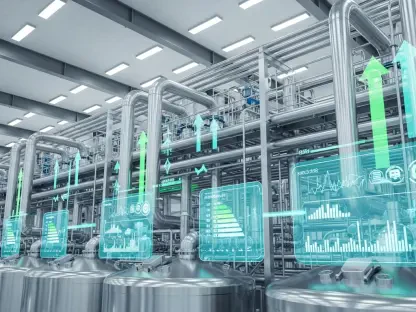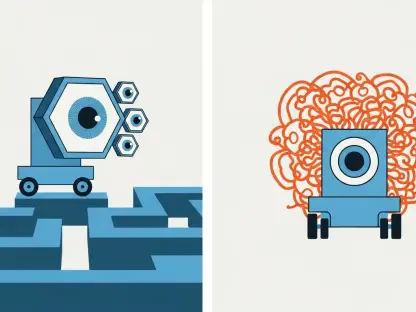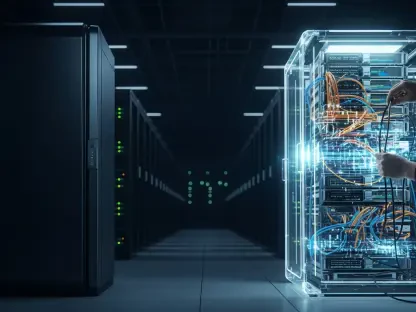Artificial Intelligence (AI) is revolutionizing industries and reshaping economies, yet this phenomenal growth incurs significant energy demands, with some projecting a comparable level of consumption to entire nations. As AI becomes increasingly integrated into daily operations, understanding and resolving these energy challenges is now a priority for companies and countries aiming to balance innovation with environmental stewardship.
Unprecedented Energy Demand from AI Growth
With AI’s rapid advancement, energy consumption has surged at an alarming rate. Early artificial intelligence efforts were limited by technological constraints, but advances over the last decade have positioned AI as a major player in technological evolution, increasingly impacting global energy systems. This burgeoning energy appetite reflects the larger trend throughout the tech sector, as the rapid doubling of computing capacities parallels rising energy use—AI being no exception to this dynamic.
Analyzing Energy Costs of AI Development
Significant Power Consumption of AI Training
A central issue in AI’s rising energy costs is the vast power needed for training models like GPT-4. Preparing these large models consumes energy on a scale similar to entire countries, underscoring the industry’s necessity to create energy-conscious methodologies. The wide application of sophisticated models brings with it the challenge of balancing breakthroughs with ecological implications, demanding a responsible approach to power use.
Infrastructure: The Backbone of AI Expansion
Central to AI’s operational framework is its reliance on data centers, whose energy demands are rapidly escalating. Current estimates indicate these facilities consume about 1.5% of the world’s electricity, steadily increasing each year. The power supply required to maintain such infrastructure must integrate renewable energy sources, thereby easing environmental impact. Practices such as energy-efficient hardware, along with strategic power allocation, could foster a more sustainable deployment of AI technologies.
Innovations and Regional Energy Disparities
AI’s energy challenges vary across regions, influenced by local resources and governance. Innovations like Small Modular Reactors (SMRs) offer promising solutions in areas with limited renewable options, providing steady and reliable energy supplies. Adjusting to these regional differences is crucial, as technological restrictions and policy frameworks significantly affect how AI systems are developed and sustained.
Emerging Trends Shaping AI’s Energy Future
In the coming years, AI’s dependency on energy resources will experience transformative shifts. Integrating AI with the Internet of Things (IoT) is set to enhance energy efficiency and distribute energy consumption more strategically. Progressive policies and regulatory measures will support such integrations, providing robust frameworks for sustainable AI deployment. These trends will guide industry practices, with insights pointing toward a future where AI and energy consumption align more closely with ecological goals.
Strategies for Sustainable AI Development
Addressing the dual challenge of AI’s increasing energy needs and environmental impact necessitates a multifaceted approach. Optimizing AI algorithms for minimal energy draw, designing smarter infrastructure, and promoting governmental support for renewable integration hold great promise in mitigating ecological footprints. These practices empower stakeholders to adapt responsibly to technological advances, supporting both innovation and environmental health.
Lessons Learned and Strategic Implications
Reflecting on the data, it becomes evident that AI’s expansion requires strategic planning focused on responsible energy use. Collaboration between tech leaders, policymakers, and environmental advocates has proven vital in directing AI growth towards sustainability. Innovations, regulatory compliance, and greater public awareness contributed significantly to bridging the gap between AI advancement and global ecological capacity, marking a hopeful trajectory for the coming years.









